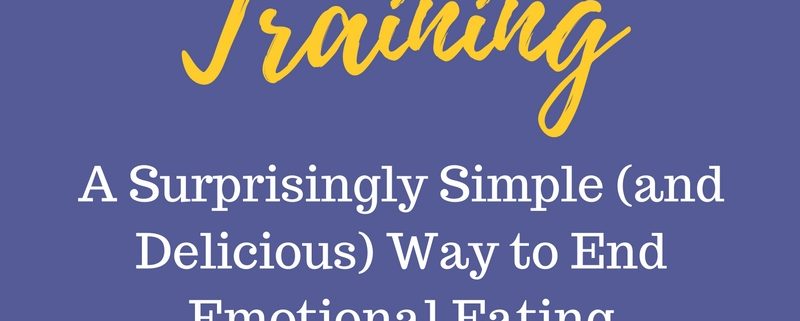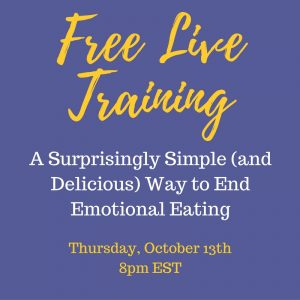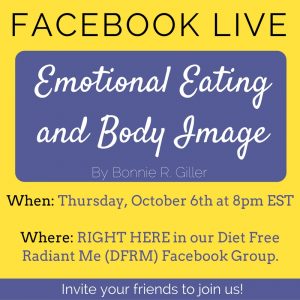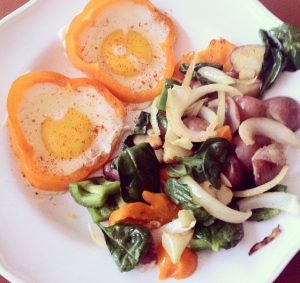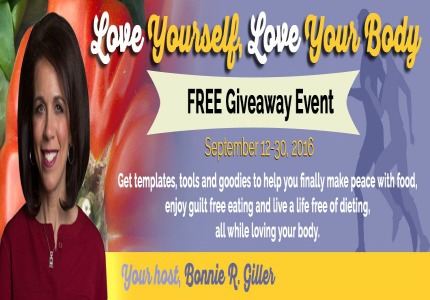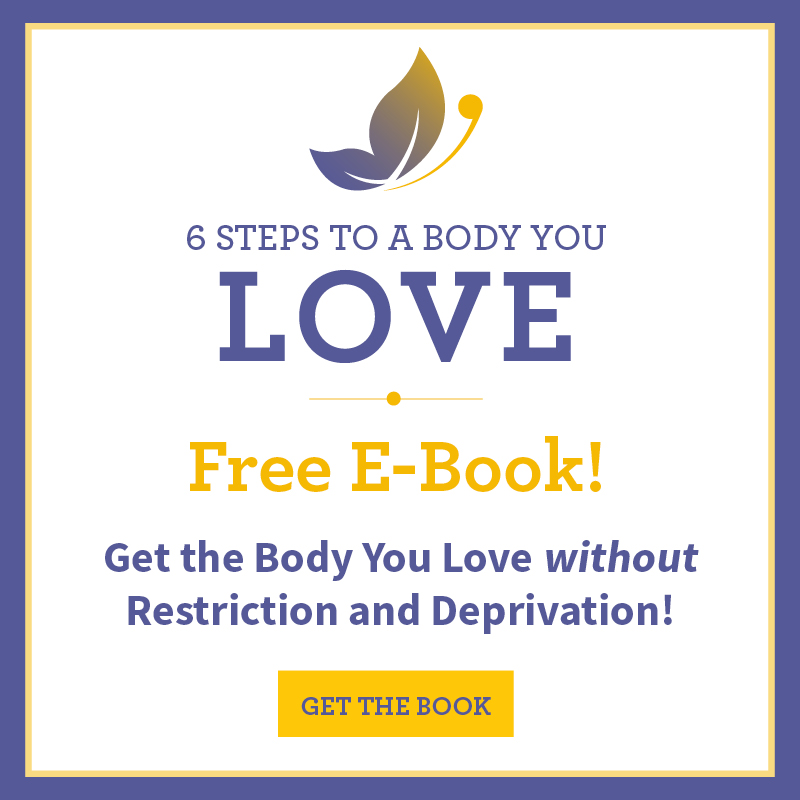How to Stay Mindful this Halloween
 The month of October is synonymous with Halloween and spooky fall festivities. But along with trick-or-treating comes massive amounts of sugar.
The month of October is synonymous with Halloween and spooky fall festivities. But along with trick-or-treating comes massive amounts of sugar.
Whether you’re out and about tricking or home dishing out the treats, these tips will help you stay an intuitive eater amidst all of the chaos.
Eat Before You Treat
Just before the trick or treating traffic is about to commence, have a late lunch or early dinner. A full stomach will prevent you from overindulging on candy to the point of sickness. If you are a chaperone for kids who are going trick or treating, it’s a good idea to have a little holiday meal before heading off on your trick-or-treating journey. Eating too much sugar will cause you and your kids to crash and become cranky before the festivities are over. Don’t unleash the monsters!
Fun Size It
Portion control is key. Cravings are natural and shouldn’t be ignored. If you are craving a chocolate bar, choose the fun sized option. Fun sized candies have a fraction of the fat and calories per package. The object is to savor each bite. The more you focus on the taste and texture of the candy, the more you’ll be happy with a smaller portion. Satisfy your sweet tooth with a fun size bar without missing out on the fun.
The Dark Side
Dark chocolate might be an acquired taste but it is certainly the way to go. Dark chocolate contains 70% or more of cocoa. Cocoa has been shown to contain antioxidants and has cholesterol lowering properties. The fat in cocoa is comprised of monounsaturated fatty acids as well as stearic acid which appears to have no effect on cholesterol levels. So if you need a little chocolate pick-me-up, dark chocolate is the way to go.
Healthy Homemade
Making homemade treats is a great alternative to buying prepackaged candies. If you have the time, make fun treats at home so you know what you’re eating. They can be fun and healthy for everyone. Let your creativity run wild.
- Dip your apples in peanut butter and dark chocolate for a dark twist to candied apples.
- Make some Petrifying Popcorn- air popped, drizzled in honey and sprinkled with cayenne pepper and salt for a kick.
- Go ahead and decorate your fruit for an easy alternative! Tangerines can be turned into little jack o’lanterns or put mint chocolate chips on a banana to make boo-nanas.
Be an Intuitive Eater
There’s no need to call the food police while you’re out having fun. Celebrate the holiday by letting yourself have a little bit of candy here and there. Listen to your body- if you need that sweet vice, eat it. But if you’re past the point of fullness, that extra candy isn’t going to make you feel any better. Using your brain and stomach instead of your eyes will help guide you through this holiday season without a problem.
Halloween is the perfect opportunity to go out and get a good walk. Walking around the neighborhood even for just half an hour will boost your immune system and decrease your risk for cardiovascular disease. Not to mention, it feels good to get some fresh air.
Have some fun this Halloween by being the best intuitive eater you can be!!
Your Turn to Take Action: What creative homemade treats will you make for your little monsters?




